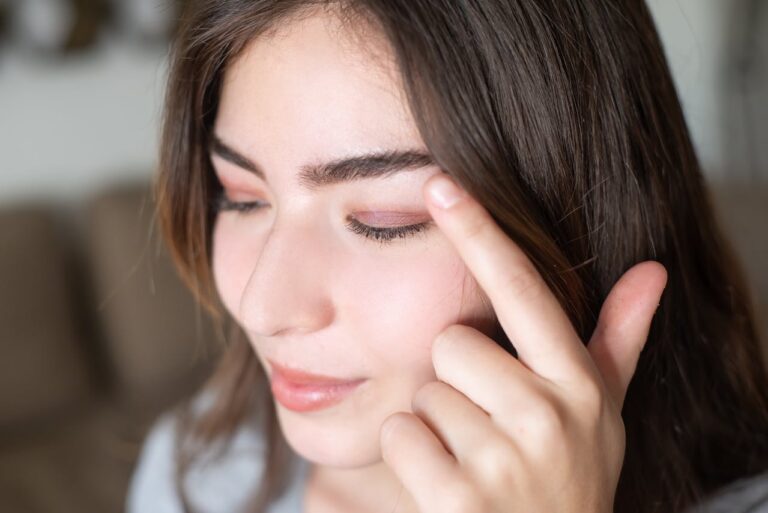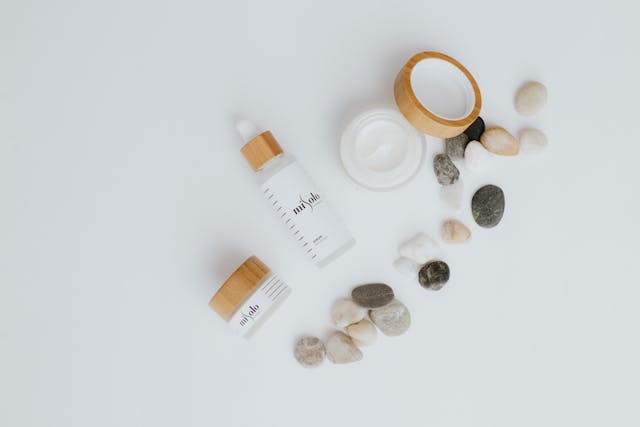
Rosacea is a chronic skin condition that causes redness, pimples, and broken blood vessels to millions of people worldwide. Its symptoms, which often include flushing, redness, and small visible blood vessels, can vary greatly from person to person. By collaborating with dermatology specialists, patients can understand the condition, which is a key part of managing it effectively. Here are answers to some of the most frequently asked questions about rosacea:
What Causes Rosacea?
The exact cause of rosacea remains unknown, but dermatology experts believe it results from a combination of genetic and environmental factors. People with a family history of rosacea are more likely to develop it. The condition appears to involve dysfunction in the skin’s immune system and vascular changes that result in redness and flushing.
There are also external triggers, which are factors that may worsen symptoms. Common triggers include sunlight, extreme temperatures, spicy foods, and alcoholic beverages. Stress and certain skincare products may also activate symptoms. Everyone has unique triggers, and identifying them may help reduce flare-ups.
What Are the Symptoms of Rosacea?
Rosacea symptoms can present in different ways, depending on the individual and the type of rosacea they have. The primary symptoms include:
- Persistent facial redness, most commonly on the cheeks, nose, or forehead.
- Flushing that comes and goes, especially after exposure to triggers.
- Visible blood vessels beneath the skin, which are more common in fair-skinned individuals.
- Bumps or pustules that can resemble acne but do not involve blackheads or whiteheads.
Some people with rosacea also experience irritation and redness in their eyes, a symptom known as ocular rosacea. Less commonly, tissue on the nose can thicken over time in a condition called rhinophyma, which predominantly occurs in men. Rosacea symptoms can vary from mild to severe, and different types of rosacea may require different management strategies.
How Can Rosacea Be Managed?
While there is no known cure for rosacea, there are multiple ways to manage its symptoms and improve quality of life. Simple daily habits, like cleansing the skin gently and using sun protection, often help reduce irritation. A gentle, fragrance-free moisturizer can also maintain the skin’s hydration barrier.
Topical treatments and medications prescribed by healthcare providers may target inflammation and redness. Oral medications, such as low-dose antibiotics, might be used for more severe cases. Laser and light therapies are sometimes recommended to reduce redness and visible blood vessels.
Identifying personal triggers and avoiding them helps decrease the frequency and severity of flare-ups. Keeping a diary to track activities, food intake, and skincare products may help pinpoint sources of irritation. Joining support groups or seeking advice from others with rosacea can also reduce feelings of isolation. Many groups provide practical tips and resources for living with the condition.
Also Read: Ways to Prepare for Mohs Surgery
Find a Dermatology Clinic
Rosacea presents with a range of symptoms, and while its exact cause remains unclear, genetic and environmental factors seem to play significant roles. Recognizing triggers, understanding common symptoms, and exploring treatment options help individuals with rosacea manage their condition effectively. Consult with dermatologists or healthcare professionals who will provide a more tailored approach to treatment.








